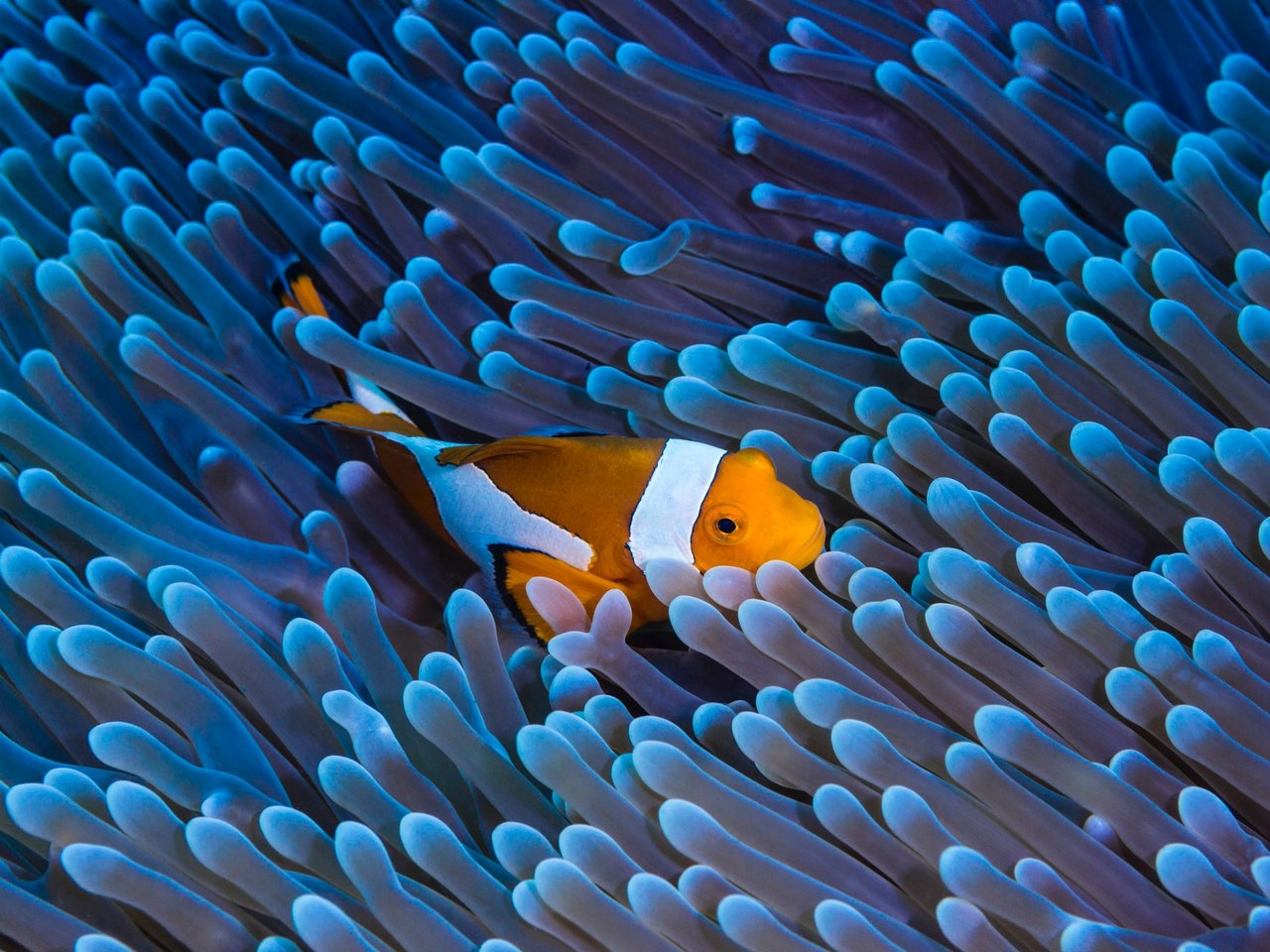As a child, many drew figures in the margins of notebooks, changing poses with each page. If you flip through such a notebook quickly, it appears as if a character is running and a flower is blooming. Classic frame-by-frame animation works similarly.
The standard format for the frequency at which frames change – 24 frames per second. And all these frames have to be rendered! In the past, this was done manually. Over time, special editing programs came along, so now only the reference frames are drawn by hand. Still, creating an animated movie frame by frame is tedious and complicated work.
The first variation of frame animation is sometimes called a thaumatrope, an old toy in the shape of a disk with patterns on both sides. By quickly turning the circle on a thread, one could achieve the effect of overlapping images. For example, a bird and a cage became a picture of a bird in a cage, while flowers and a vase became a complete still life. At the beginning of the twentieth century, the first animated films appeared on the market. Stuart Blakton made the short film Funny Expressions of Funny Faces and Emile Kohl made the film Phantasmagoria. In both films, the authors draw figures on a blackboard that then “come to life.” Kohl figured out that each stage required a different drawing and used a vertically mounted camera.
Then something great happened – Walt Disney came to animation. Among other things, he invented a method of creating volume by combining different plans, as well as a layering technique in which transparent celluloid sheets overlaid each other with images, eliminating the need to draw the frame from scratch. Using the three-color Technicolor system (in which monochrome images are rotated through a red, blue, and green filter), Disney created the first color animated film with Flowers and Trees. He also made the first animated film with sound (“Steamboat Willie” with whistling Mickey Mouse in the title role) and the first full-length animated film – “Snow White and the Seven Dwarfs”, which caused a sensation.
It turned out that animation appeals to people of all ages. And not only that: they can create a special emotional impact with unique means.
Actors, even with mimicry skills Jim Carrey and the commitment of Christian Bale, who fell on roles up to 30 pounds, still can not go beyond human abilities. But drawn figures do not have to strictly adhere to the laws of nature and physics. Therefore, the artist can give them any proportions, facial features and plasticity – as long as everything helps to reveal the image.
This is also thanks to Disney, who created a whole pantheon of iconic characters whose character is reflected in their appearance. His methods were adopted by other animation directors. It is thanks to them that today there are hundreds of memorable animated heroes and villains.
The style of classic animation can vary. Disney or Soviet animation, European authorship or even abstract animation, anime – different styles that you would never confuse. Technically, however, it is frame-by-frame animation.
